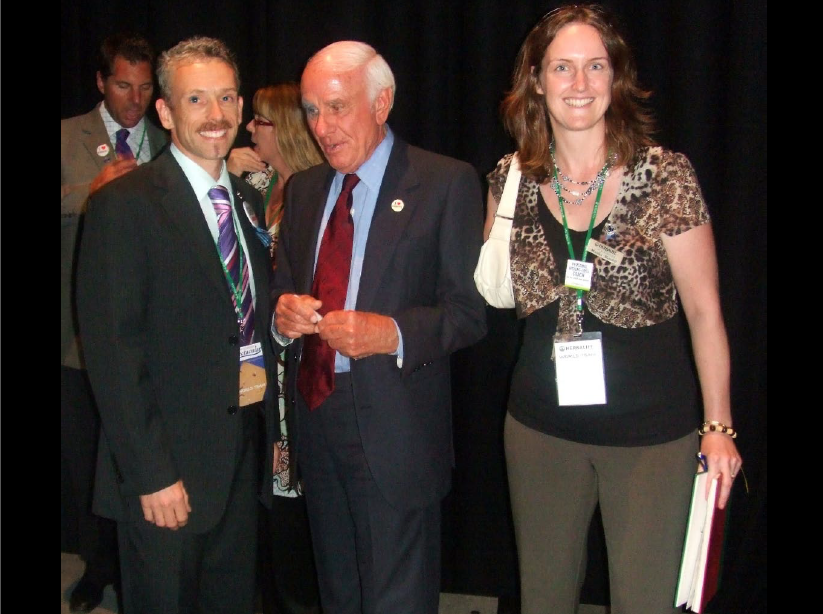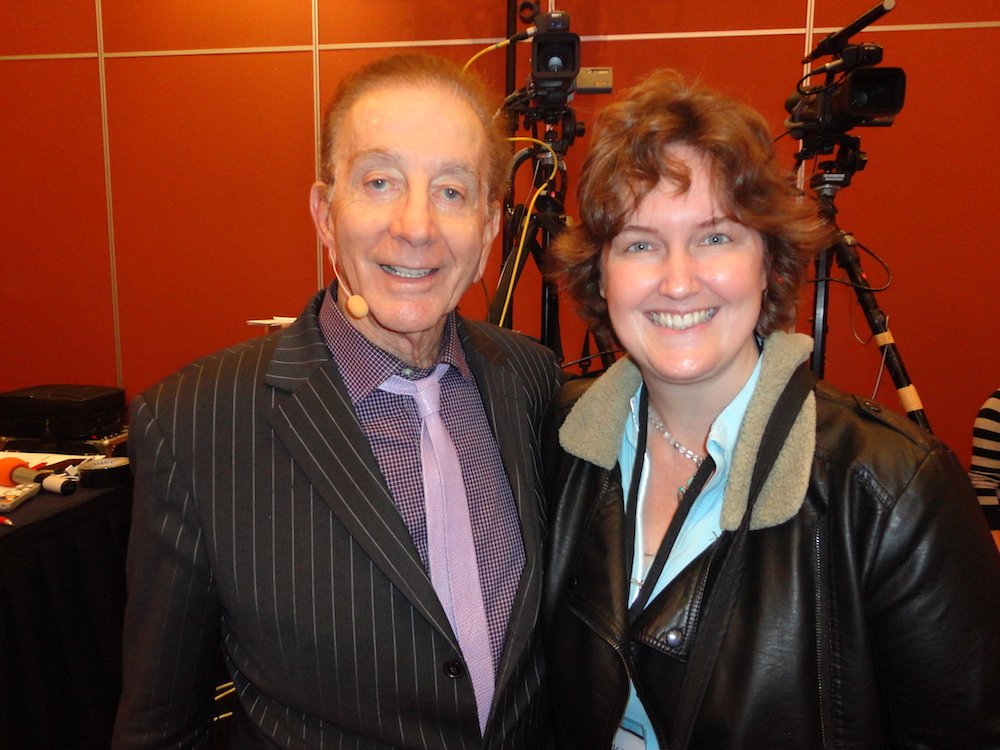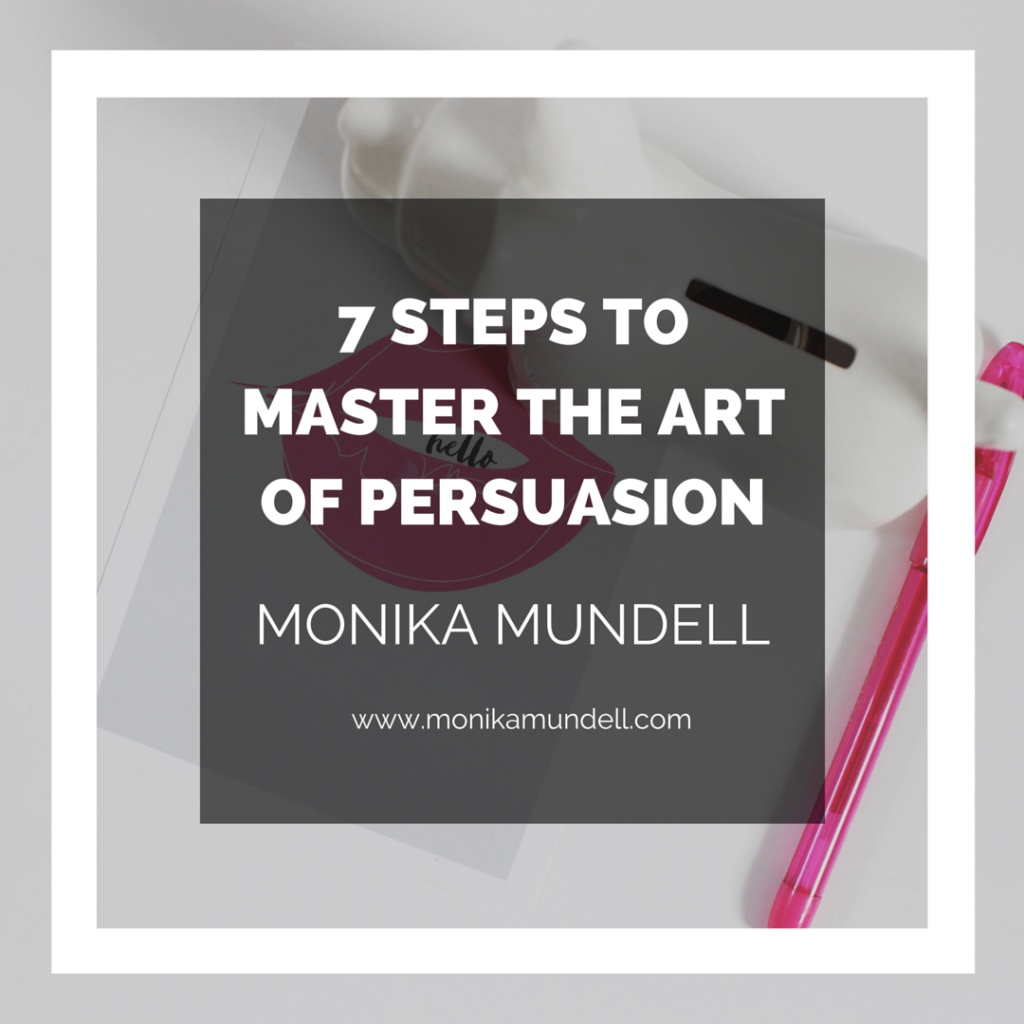In our world, sales have become an integral part of life. You don’t have to be a business owner to sell or master the art of persuasion. You can persuade your friends to watch the latest episode of Orange is the New Black (+ you totally should) or rave about that new vegan coffee shop in your neighbourhood.
Persuasion is an art form—parts psychology, skill + social influence.
In his book The Dynamics of Persuasion: Communication and Attitudes in the 21st. Century, Richard M. Perloff outlines five major ways in which modern persuasion differs from the past:
#1. The number of persuasive message has grown tremendously.
We’re bombarded with advertising. Regardless whether you’re online or offline—ads are everywhere. Studies have shown that the average adult is exposed to 300 to over 3,000 ads a day.
#2. Persuasive communication travels at the speed of technology.
As technology advances, so does the speed with which these ads are served to us.
#3. Persuasion is big business.
When you can persuade and charm people with compelling messages, you give them a reason to fall in love with you and/or your brand. Advertising agencies, marketing firms and public relations companies have cashed in big on this demand for decades. And so do we, as business owners.
#4. Contemporary persuasion is subtle.
Persuasion isn’t limited to the skill of selling with words—it incorporates the whole marketing spectrum: copy, design + sound to seduce the consumer.
#5. Persuasion is complex.
In the 1990s it was a lot easier to stand out as a marketer because back then we barely new the Internet. But today, if you want to stand out, you need to get super creative to be seen—because the competition has the same advantages as you. They can market their business at the click of a button and reach millions of people worldwide.
Persuasion is sexy—manipulation is nasty!
You don’t have to be the world’s most skilled persuasive expert to increase sales. You can start with this blog then action the steps you’ll learn.
The first lesson? Persuasion isn’t manipulation! You’re not trying to forcefully shove your products down a customer’s throat. You don’t have to persuade people to buy your stuff—that’s desperation and icky.
Skilful persuasion lets to get into your potential customer’s head so that you can talk to her on her level, using words that are familiar to her.
Step #1 – Learn to walk in her shoes.
Before you can connect with a potential buyer you must learn to walk in her shoes. This means you need to ask yourself “What keeps her awake at night?”
When you understand the fears, frustration and desperation of your people you can connect with ease and make the sale.
Step #2 – Write like she speaks.
If you want to connect with your dream client you’ll need to enter her word world.
What are the common words she uses when describing her problems on social media?
How does she speak?
How does she act?
Where does she hang out?
You want to become her ally—not her enemy. If you’re not interested in how your people feel, you’ll never be able to utilise your persuasion skills naturally, without force or pretence.
When you step into the world of your dream client and interact with an open heart, you’ll get to know her deeply and so, your words will naturally flow with effortless ease.
Step #3 – Seduce with power words.
Power words are the weapon of every successful master persuader. Power words evoke pictures and emotions. Power words trigger an action. Power words can motivate people to bond over a common cause. Power words, if used strategically and in the right association can make or break sales.
Step #4 – What’s in it for her? Why should she care?
Humans are driven by survival. We put our own needs above anything else. This behaviour gets triggered by our evolutionary—not revolutionary survival instinct.
You can’t help others if you can’t help yourself first!
I learned this (hard) lesson years ago. A mentor once asked me, “Why are you in business?” My answer, “I want to help people.” He didn’t let me off the hook and kept asking me the same question for 10 minutes. I kept repeating the same statement while getting more and more distraught until I broke down sobbing like a baby.
In hindsight, I know I sounded like a badly spun record.
I didn’t start my business to HELP people. I started my business to make money. To be FREE. To travel the world.
Because only then can I truly HELP people.
Master persuaders know why they’re in business. They also know why their people are in business.
Step #5 – Paint visuals, with emotion-dripping words.
When you write, you want to use words that paint visuals. Words can trigger powerful visual imagery and emotions—good and bad. You can excite readers. Piss them off. Delight. Thrill. Annoy. Make them feel. Help them see + hear. Give them a reason to believe.
Your words are energy. You should put them to good use.
Step #6 – Become a great storyteller.
Stories are the secret weapon of master persuaders. Why? Because stories don’t make us question what’s being said right from the start. Stories don’t trigger our guard.
Good stories help move the reader past her usual objections—in a fun and engaging way.
If you want to become a better persuader start by studying the master story tellers.

Some of the best storytellers I’ve ever had the pleasure of meeting in person were Jim Rohn, Ted Nicolas, Pete Godfrey and Bret Thomson. Then there are the masters I haven’t had the privilege to meet in person, but enjoy in print format. People like Dan Kennedy, David S. Schwartz, Napoleon Hill, Robert Collier and Gary Halbert.

I’ve met some amazing luminaries. I’m proud to say that many of them have been clients and become friends. My favourite 3 storytellers in the world are Bushra Azhar, Melissa Cassera and Alexandra Franzen.
Storytelling is a learned skills. As a copywriter I pride myself on my storytelling skills. Yet, I’ll continue to learn and improve on those skills because… why not!
Step #7 – Make your offer irresistible.
What do you do when people don’t buy?
You’ve used your best persuasion skills. You’re meeting the reader in her head and you did your best to write clear, compelling copy. Yet, no sale!
There are 101 reasons why you’re not making the sale.
Your reader could be short on cash flow.
Maybe she’s in a really bad mood.
Maybe she’s about to get ready for work.
Maybe the boss just caught her surfing the net when she should have been working.
Maybe she it’s the colour on your website.
Maybe she doesn’t want to use your order form.
There’s ONLY one solution that will eliminate the MAYBES—testing.
Sure, you can make your offer irresistible and eliminate most of these maybes. You can offer value for money and make it hard for them to resist. But ultimately, you’ll need to test and measure—everything!
To recap: Persuasion is an art form—parts psychology, skill + social influence.
You can study the art of persuasion. You can learn the skill. And you can get started right here by enrolling for the UNBLAH your about page course. It’s free. It gets results. And it teaches you irresistible persuasion skills you can immediately apply to your business. CLICK ON THE IMAGE BELOW TO ENROL NOW…

